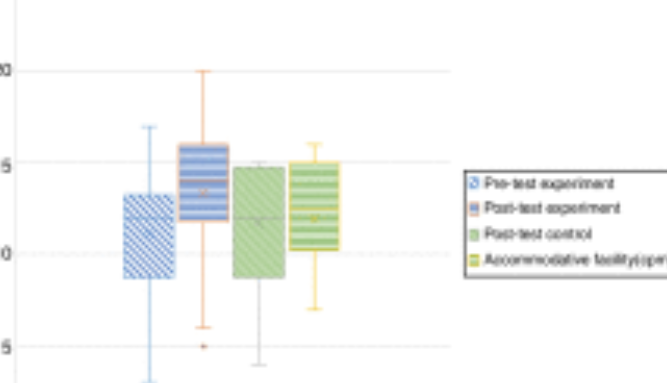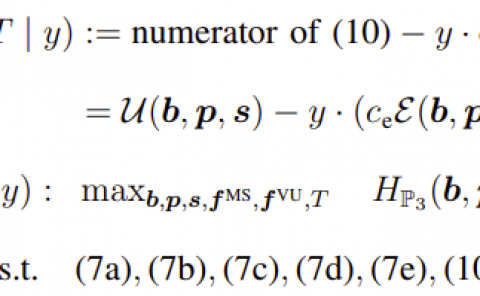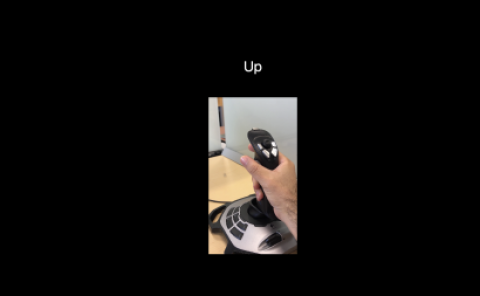The effect of gaming on accommodative and vergence facilities after exposure to virtual reality head-mounted display
PubDate: Feb 2020
Teams: University of KwaZulu-Natal;
Writers: Alvin J.Munsamy;Husna Paruk;Bronwyn Gopichunder;Anela Luggya;Thembekile Majola;Sneliswa Khulu

Abstract
Background
To investigate the change between accommodative and vergence facilities before and after exposure to gaming in a virtual reality (VR) device amongst participants with normal binocular visual function.
Methods
62 participants between the ages of 18–30 years with normal binocular visual function and inter-pupillary distances between 51 and 70 mm were selected for the study. Spectacle and contact lenses users were excluded. The experimental group (n = 42) was exposed to gaming using Samsung Gear VR(SM -R323) whilst the control group (n = 20) watched a television film projected on a two-dimensional screen at 1 m. Pre-test and post-test binocular amplitude-scaled facilities and vergence facilities were obtained for both groups after exposures of 25 min.
Results
Binocular accommodative facilities for the experimental group had a mean pre-test and post-test facility of 11.14 ± 3.67 cpm and 13.38 ± 3.63 cpm, respectively, after gaming using VR device. The vergence facilities for the experimental group had a mean pre-test and post-test facility of 11.41 ± 3.86 cpm and 15.28 ± 4.93 cpm, respectively, after gaming using a VR device. Binocular accommodative facilities for the control group had a mean pre-test and post-test facility of 11.70 ± 3.2 cpm and 11.95 ± 3.4 cpm, respectively. Vergence facilities for the control group had a mean pre-test and post-test facility of 11.55 ± 6.4 cpm and 11.70 ± 4.9 cpm, respectively. The mean change for binocular accommodative facilities was 2.24 ± 3.43 cpm and 0.25 ± 1.25 cpm for the experimental and control group, respectively. The mean change for vergence facilities was 3.81 ± 3.09 cpm and 0.15 ± 2.72 cpm for the experimental and control group, respectively. Binocular accommodative facilities and vergence facility showed a statistically significant mean increase greater than the control group after gaming using a VR device using an independent t-test (p < 0.05).
Conclusion
The results showed that binocular accommodative facilities and vergence facilities increased after 25 min of VR gaming in emmetropic participants under 30 years of age with inter-pupillary distances between 51 mm and 70 mm.


